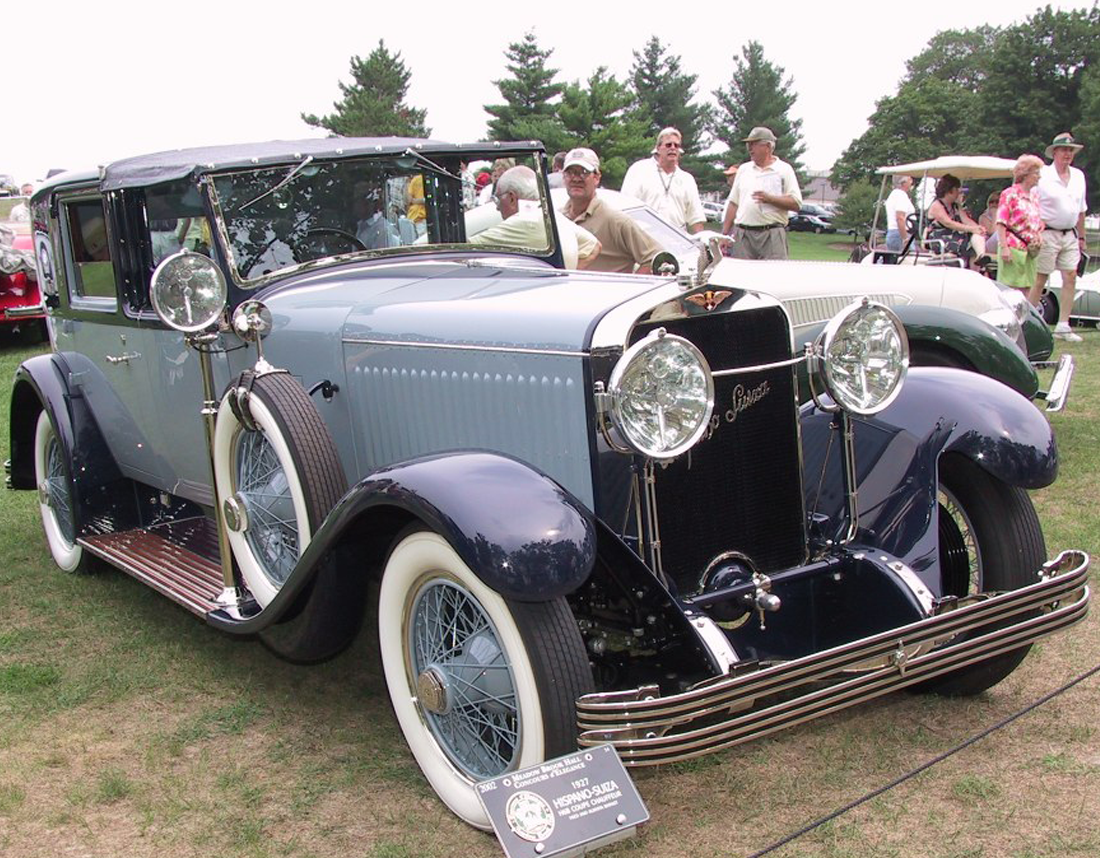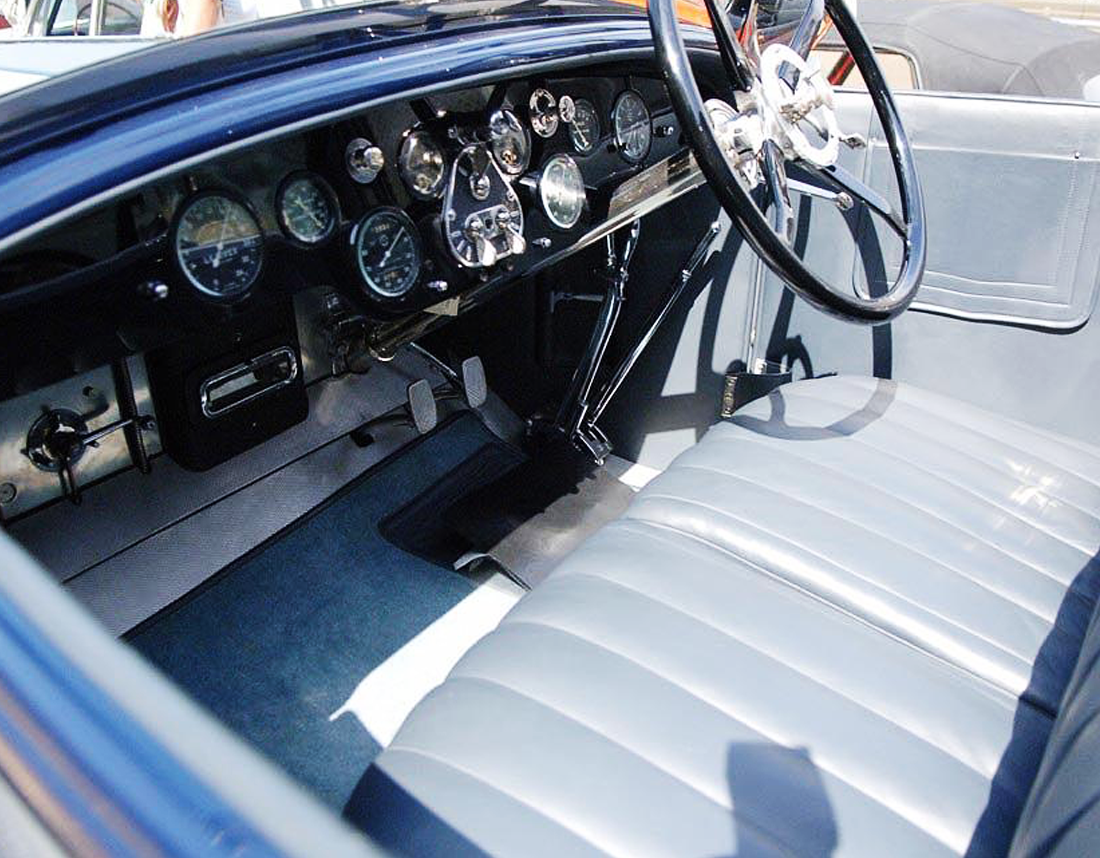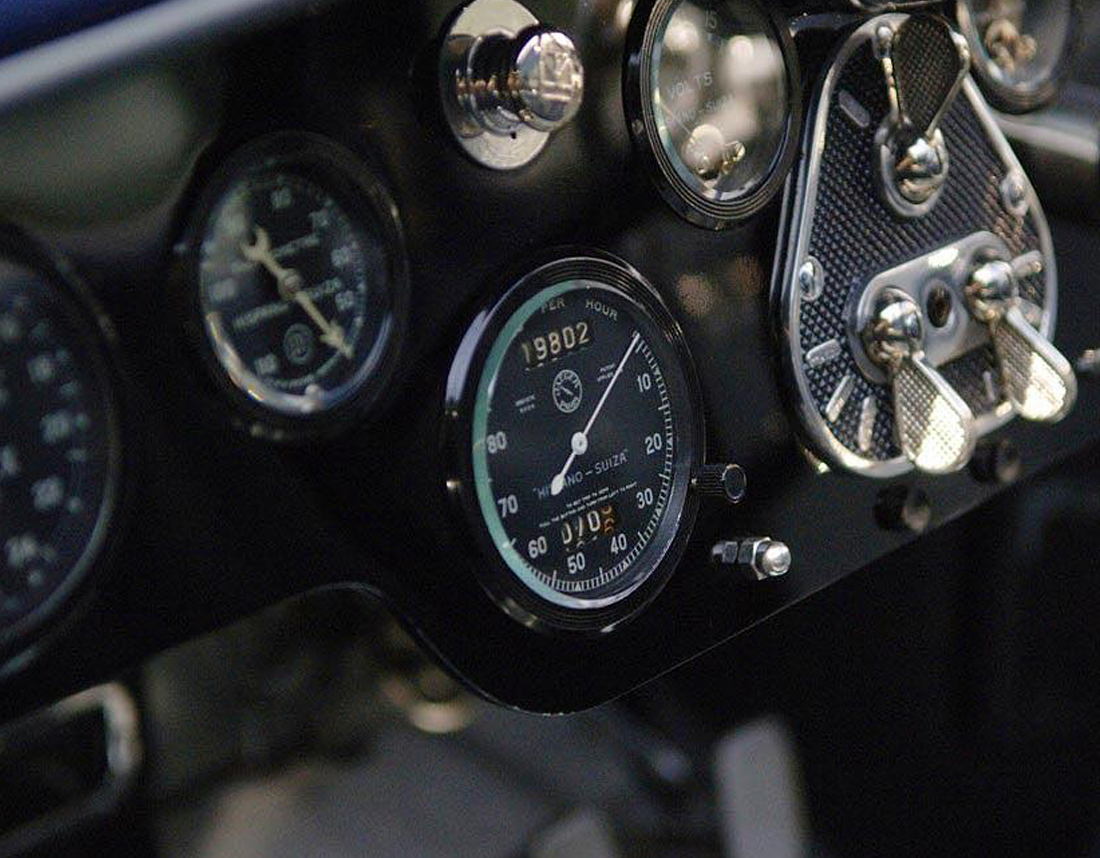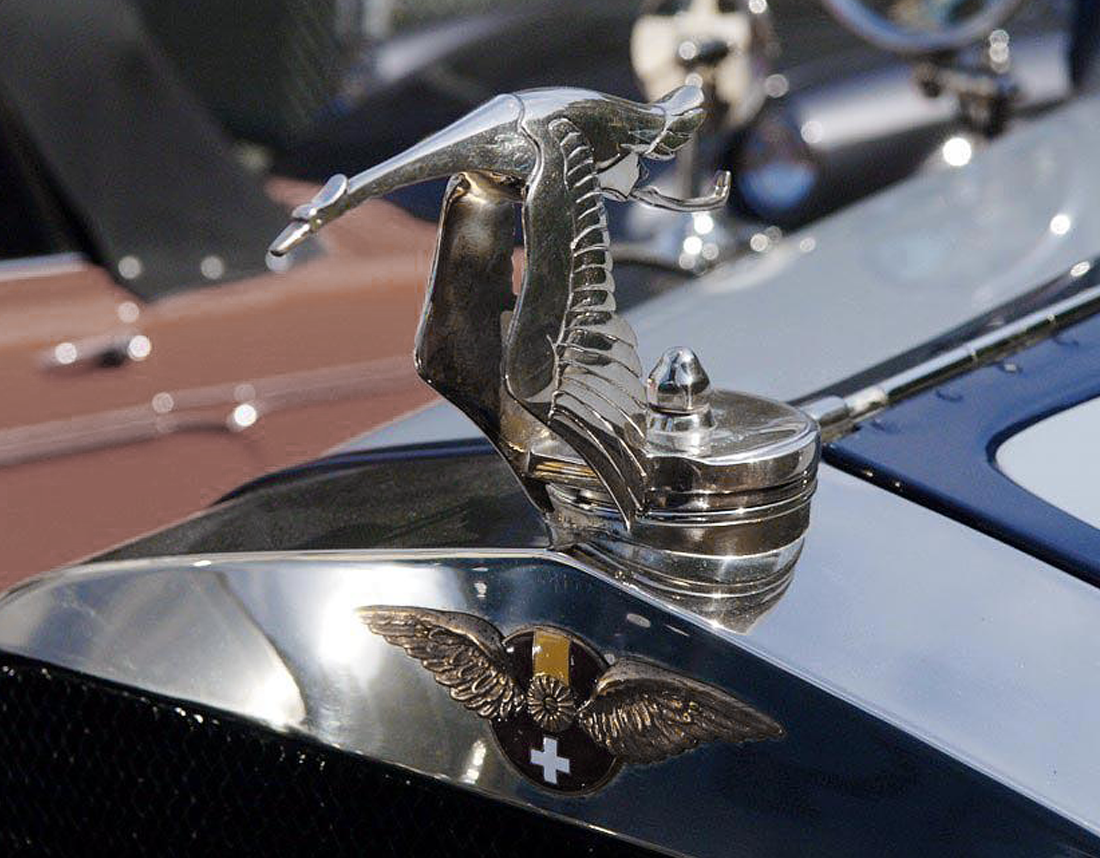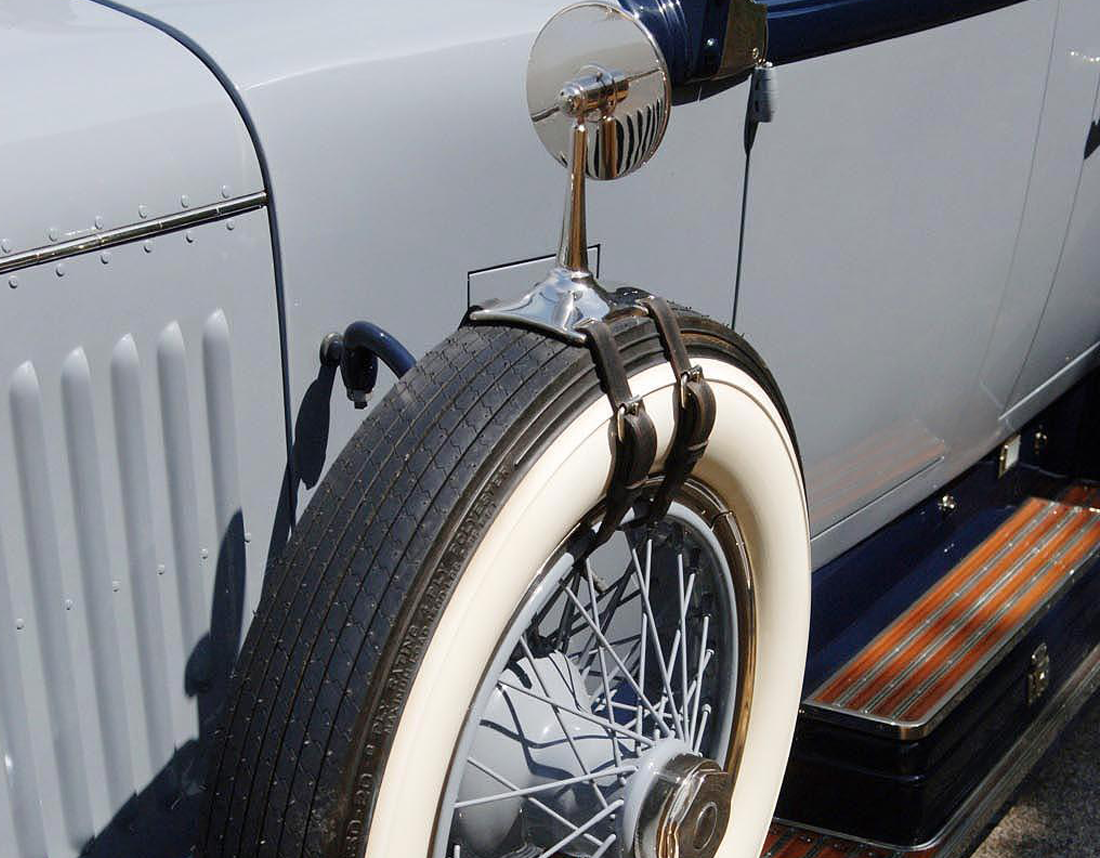This 1927 Hispano-Suiza H6B Coupe Chauffeur has coachwork by D’leteren Freres, a Coupe Chauffeur bodystyle. This car is a right-hand drive that was sold to Lolita Mitchell of Chicago in 1927 from the Hispano-Suiza’s Paris Showroom.
The Hispano-Suiza Company designs and custom-built bodies were owned by the most elite and exclusive clientele. Among their most memorable creations were the H6 Series and the J-12. Among their accomplishments was the production of aircraft engines.
In 1911 a factory in Paris was opened to satisfy the demands from their French clientele. A larger factory was built three years later in Bois-Colombes. The production of these facilities focused primarily on the H6B, a large, luxurious, and desirable automobile.
The H6 was revolutionary, offering speed, luxury, quality and an unequalled level of craftsmanship. Rolls Royce, Isotta, and Bentley did not offer all of these qualities in their automobiles until the 1920’s. The H6 models were expensive, often the most expensive vehicle in all of Europe. The production of the H6 began at the close of the 1920’s and were powered by a six-cylinder, 6.5 liter overhead-camshaft engine capable of producing 135 horsepower. The camshaft was shaft-driven and operated the valves, a configuration that was uncommon at the time. The engine was placed in the front and powered the rear wheels. Top speed was achieved at around 85 miles per hour. Even though a V-12 cylinder was available, Birkigt felt that a single bank of the 12-cylinder engine was appropriate to power their vehicles. The suspension was comprised of a semi-elliptic leaf springs and a live axle. Drum brakes with a power-assisted servo-brake system provided ample stopping power. The H6 Series were built in Paris and later in the Czech Republic. As was customary at the time, Hispano Suiza delivered the rolling-chassis H6 to custom coach builder for assembly. This resulted in unique and custom bodies that complimented the power, ingenuity and performance of the components of the chassis. Only the finest coach builders were commissioned to build the bodies. In 1932 production of the H6B ended and in 1933, the production of the H6C began.



